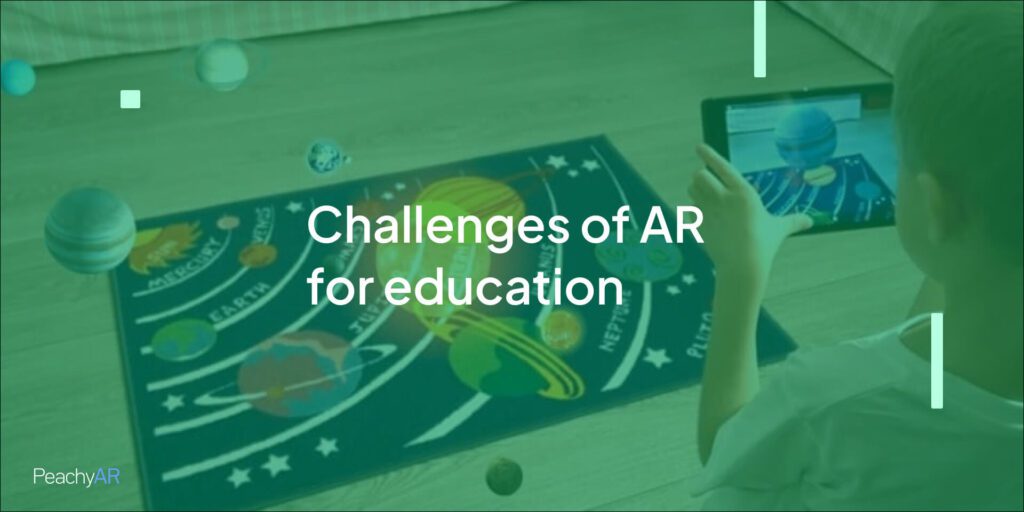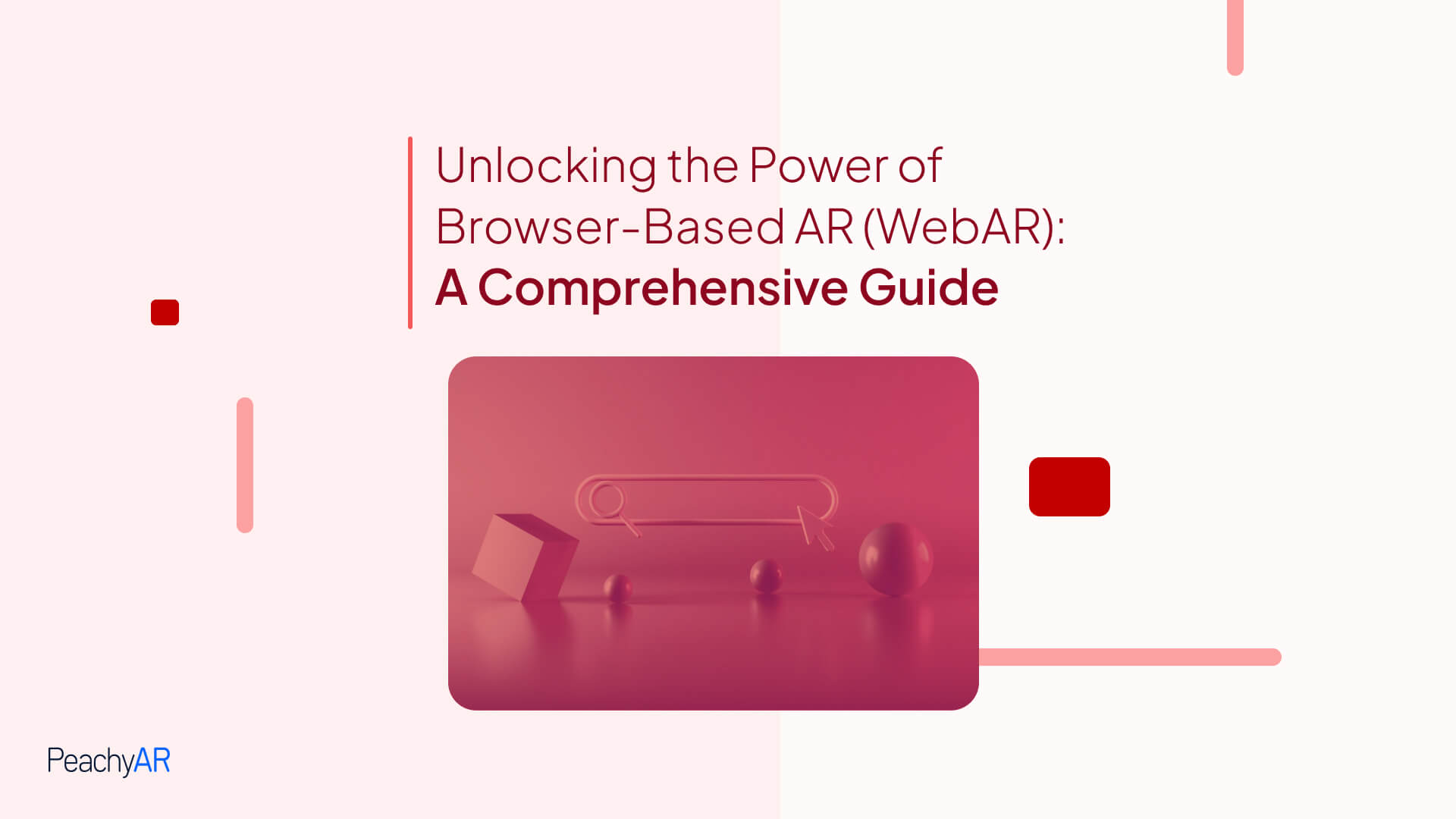Augmented Reality in Education: Augmented reality (AR) is a technology that overlays digital information and graphics on the physical world, creating an immersive and interactive experience for the user. AR has been used for various purposes, such as entertainment, gaming, tourism, and marketing. But what about education? How can AR enhance learning and teaching in the classroom and beyond?
In this blog post, we will explore some of the benefits and challenges of AR for education and some of this technology’s current and future applications in different domains and levels of education.
Benefits of AR for education
AR can enhance learning outcomes by providing students with rich and engaging content that can stimulate their curiosity, motivation, and creativity. AR can also support personalized and collaborative learning and foster 21st-century skills such as critical thinking, problem-solving, and communication.
1. AR can make learning more fun and engaging.
AR can create a sense of wonder and excitement in students as they can interact with virtual objects and environments that are otherwise inaccessible or difficult to experience. For example, students can explore historical sites, natural phenomena, or outer space through AR and learn about them more vividly and memorably. AR can also gamify learning by adding challenges, rewards, feedback, and competition to motivate students to participate and achieve their learning goals.
2. AR can enhance learning outcomes by providing contextual and experiential learning.
AR can provide students with relevant and meaningful information that is connected to their real-world context. For example, students can use AR to scan a QR code or a marker on a textbook or a poster and access additional multimedia content that can supplement their learning. AR can also enable students to learn by doing, providing realistic simulations and scenarios to help them apply their knowledge and skills in practice. For example, students can use AR to practice medical procedures, engineering designs, or artistic expressions and receive instant feedback and guidance.
3. AR can support personalized and adaptive learning.
AR can cater to each student’s different needs, preferences, and abilities by providing them with customized content and feedback that suits their learning pace and style. For example, students can use AR to choose their learning path, difficulty level, interaction mode, and feedback type. AR can also monitor the progress and performance of each student and adjust the content and feedback accordingly. For example, students can use AR to receive hints, tips, or scaffolds when encountering difficulties or errors.
4. AR can facilitate collaborative and social learning.
AR can enable students to work together and learn from each other by providing them with shared virtual spaces and tools to enhance their communication and cooperation. For example, students can use AR to collaborate on projects, experiments, or games and exchange ideas, opinions, or feedback. AR can also connect students with experts or peers from different locations or cultures and expose them to diverse perspectives and experiences. For example, students can use AR to interact with mentors, tutors, or role models who inspire or support them in their learning journey.

Challenges of AR for education
AR can also pose some challenges to education, such as:
Technical issues: AR requires high-quality hardware, software, reliable internet connectivity, and power supply. AR can also be affected by environmental factors, such as lighting, noise, and occlusion. AR can also cause technical glitches, errors, or malfunctions, disrupting learning.
Pedagogical issues: AR requires careful design and integration and appropriate guidance and support. AR can also pose ethical, legal, and social issues like privacy, security, accessibility, and diversity. AR can also cause cognitive overload, distraction, or confusion, hindering learning outcomes.
Evaluation issues: AR requires valid and reliable methods and tools for assessing learning processes and outcomes. AR can also pose difficulties in measuring the impact and effectiveness of AR interventions. AR can also generate large amounts of data, requiring proper analysis and interpretation.

Current and future applications of AR for education
AR has been applied in various domains and levels of education, such as:
Science education: AR can help learners understand scientific concepts and phenomena, such as anatomy, astronomy, chemistry, physics, biology, ecology, geology, etc. For example, Anatomy 4D is an app that allows learners to explore the human body in 3D using their smartphone or tablet. Sky Map is an app that allows learners to identify stars, planets, constellations, etc., using their smartphone or tablet.
History and culture education: AR can help learners experience historical events and cultural artifacts, such as monuments, museums, art galleries, etc. For example, Google Arts & Culture is an app that allows learners to view and interact with artworks from around the world using their smartphone or tablet. WWF Free Rivers is an app that allows learners to explore the impact of dams on rivers and ecosystems using their smartphone or tablet.
Language and literacy education: AR can help learners acquire language skills and literacy competencies, such as vocabulary, grammar, pronunciation, reading comprehension, etc. For example, Mondly is an app that allows learners to learn foreign languages using their smartphone or tablet. Quiver is an app that allows learners to bring coloring pages to life using their smartphone or tablet.
The future of AR for education is promising and exciting. As technology advances and becomes more accessible and affordable, we can expect to see more innovative applications of AR for education in various domains and levels of education. We can also expect to see more research on the pedagogical implications and best practices of using AR for education.
AR has the potential to transform education by creating immersive and interactive learning experiences that enhance motivation, understanding, retention, authenticity, and collaboration.
However, AR also requires careful consideration of the technical, pedagogical, and evaluation issues that may arise from its use. Therefore, educators, developers, researchers, and policymakers must work together to ensure that AR is used effectively and responsibly for education.
PeachyAR helps you use Augmented Reality in education.
Are you looking for a way to enhance your teaching and learning experience with the power of augmented reality (AR)? If so, you should sign up for a free trial of PeachyAR, the leading platform for AR in education. PeachyAR lets you create, share, and explore immersive and interactive AR content that can transform any subject into a captivating and engaging experience.
Whether you want to bring history to life, explore the wonders of science, or unleash your creativity, PeachyAR has something for everyone. With our easy-to-use tools, you can access hundreds of ready-made AR lessons or create your own. You can also join a community of educators and learners who are passionate about AR and share your ideas and feedback.
With PeachyAR, you can take your education to the next level and discover the endless possibilities of AR. Don’t miss this opportunity to try PeachyAR for free and see for yourself how AR can revolutionize your education. Sign up today and get ready to be amazed by PeachyAR!






2 Responses
Thank you for this great blog post